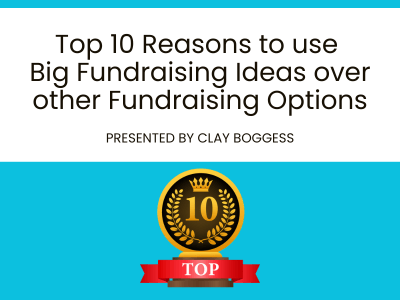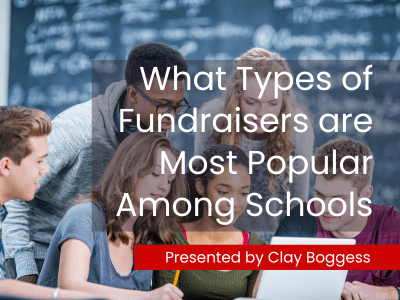
A guide to finding incentives based on student age.
By fundraising incentives, we’re not referring to the complimentary prize program provided by the school catalog company. It’s assumed that everyone already has that in place.
Unfortunately, some schools don’t offer their students anything more than what companies offer. And if your school is one of them, you’re leaving profit on the table.
Schools that use additional fundraiser prizes to motivate their students to sell accomplish two things. One, they’re more likely to increase seller participation. Offering more prize opportunities increases the likelihood of bringing additional sellers on board. And two, encourage those who already participate to sell even more.
Here’s a look at some of the best fundraising incentives based on student age.
Additional Elementary School Incentives
Elementary school students are the easiest to please when it comes to prizes. However, this doesn’t mean that you don’t need to work as hard to create creative and exciting incentives. You may be more likely to get a positive response from younger sellers.
Top Seller Prize
Rewarding the seller with the most sales encourages increased participation; you’re getting more of your stronger sellers to compete for your big prize. Make sure that you:
- Pick a prize that students will want to work for.
- Promote your top seller prize throughout your sale.
Prize Drawing Incentive Game
The first advantage to doing periodic prize drawings during your sale is they serve as a great selling reminder. The second is that you also have the option to choose rewards that won’t cost you any money. For example, you can offer the following special privileges:
- Line leader for the day
- A no-homework pass
- Lunch with the principal
Another great thing about incorporating these incentives is that you can choose incentives based on your unique situation.
Middle School Student Motivators
Junior high aged students can be your biggest challenge, but also your most significant opportunity, when it comes to fundraising rewards. They’re old enough to understand how more sophisticated rewards work but not too old to be indifferent. Here are two incentive games that you may want to try:
Another fun idea is to agree to do something humorous yourself if the group reaches its fundraising goal. For example, you can agree to be duct taped to the wall or have those students who reach their individual goals throw water balloons at you.
High School Fundraising Incentives
Depending on the type of group, high school students can be the toughest to motivate from an extrinsic standpoint. A band group planning a trip may persuade more students to participate. In contrast, a home economics teacher trying to get all of her class periods to sell will probably have a more difficult time. Here are a couple of additional fundraising incentive ideas proven to work for this age group.
Earning a Special Privilege
High school students are motivated by two things: 1.) Not having to do something they don’t enjoy. 2.) Experiencing something exclusive and fun that others don’t get to do. You can incorporate this into periodic incentives or a special privilege at the end of the sale. Here are two examples that you can tailor to your own needs:
- Whoever sells _____ items or more by ______ gets to ________________.
- The student with the most items sold on their order form by ______ doesn’t have to ________________.
Make sure students can also prove to you that they are collecting money. Asking to see their money envelopes along with their order forms will suffice.
Money Incentive Game
What high school student doesn’t like cash? You can incorporate periodic order form inspections into your campaign, where you draw names out of a hat. If students can demonstrate that they’ve reached a specific goal by showing you their order form and money envelope, they get rewarded for it. This is a great way to hold students accountable for selling. Learn more about how to use the money fundraiser incentive game.
Author Bio
Clay Boggess has been designing fundraising programs for schools and various nonprofit organizations throughout the US since 1999. He’s helped administrators, teachers, and outside support entities such as PTAs and PTOs raise millions of dollars. Clay is an owner and partner at Big Fundraising Ideas.



